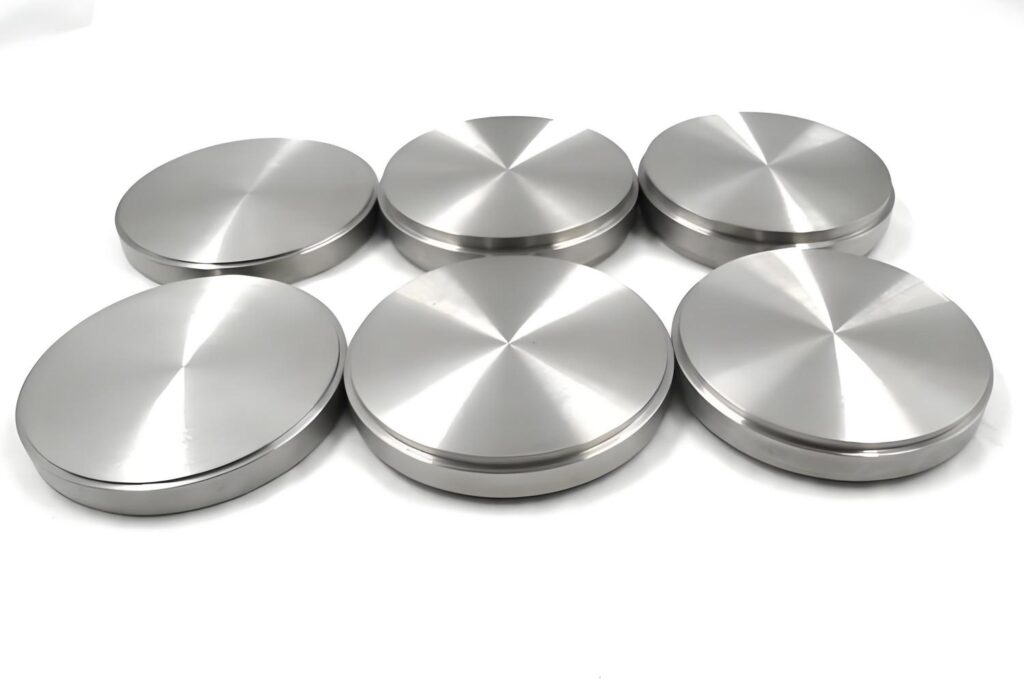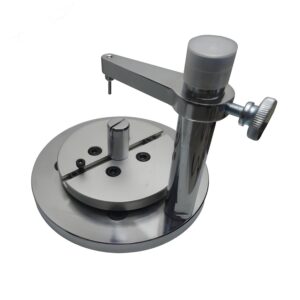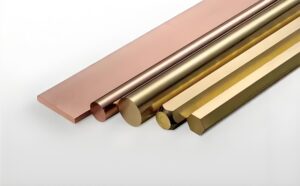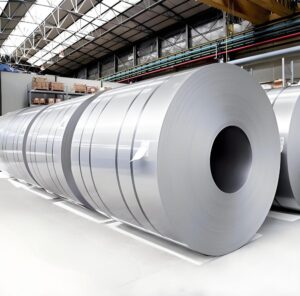Titanium stands out as one of the most versatile metals in modern engineering, celebrated for its unbeatable strength-to-weight ratio, corrosion resistance, and biocompatibility. From aerospace engineering to medical implants, this silvery-grey metal has revolutionized industries where performance and durability are non-negotiable. In this guide, we’ll break down titanium’s composition, key properties, common grades, and real-world uses—equipping you with the knowledge to choose the right titanium material for your project.
What is Titanium?
Titanium (chemical symbol: Ti, atomic number: 22) is a naturally occurring transition metal known for its exceptional strength, low weight, and resistance to extreme conditions. Discovered in 1791 by William Gregor in Cornwall, England, it took over a century of refinement to unlock its full potential—today, it’s a cornerstone of high-performance industries like aerospace, medicine, and marine engineering.
Unlike many metals, titanium’s value lies in its unique balance of properties: it’s lighter than steel, stronger than aluminum, and nearly impervious to corrosion. These traits make it indispensable in applications where every gram of weight or ounce of durability matters.
How is Titanium Produced?
Titanium is extracted from mineral ores—primarily rutile (TiO₂) and ilmenite (FeTiO₃)—through a multi-step refining process:
- Ore Processing: Ores are crushed and treated to remove impurities, producing titanium dioxide (TiO₂).
- Chlorination: TiO₂ is reacted with chlorine gas to form titanium tetrachloride (TiCl₄), a volatile compound.
- Reduction: TiCl₄ is reduced using magnesium or sodium in an inert atmosphere to produce sponge titanium—a porous, pure form of the metal.
- Alloying & Fabrication: Sponge titanium is melted and alloyed with elements like aluminum, vanadium, or zirconium to enhance specific properties (e.g., strength, heat resistance). The resulting alloy is then forged, rolled, or machined into final products.
Pure titanium is relatively soft, so most industrial applications use titanium alloys—custom-blended to meet the demands of specific environments.
Properties of Titanium
Titanium’s popularity stems from its unique combination of physical and mechanical properties, making it suitable for both extreme and everyday applications.
Physical Properties
- Density: 4.5 g/cm³ (about 60% the weight of steel, 1.7 times heavier than aluminum), offering a lightweight alternative for structural parts.
- Melting Point: 1,668°C (3,034°F)—far higher than aluminum (660°C) or steel (1,370°C)—enabling use in high-temperature environments like jet engines.
- Corrosion Resistance: Titanium forms a thin, protective oxide layer (TiO₂) when exposed to air or water, shielding it from rust, seawater, acids, and chlorine. This makes it ideal for marine or chemical processing applications.
- Biocompatibility: Non-toxic and non-reactive with human tissue, titanium integrates seamlessly with bones (a property called osseointegration), making it perfect for medical implants.
- Color: Naturally a silvery-grey metal, but anodizing (electrolytic oxidation) creates colorful oxide layers (blues, purples, golds) for decorative or functional uses (e.g., jewelry, aerospace components).
Mechanical Properties
- Strength-to-Weight Ratio: Unrivaled among common metals. Pure titanium has a tensile strength of ~434 MPa (similar to low-carbon steel), but at half the weight. Alloys like Grade 5 (Ti-6Al-4V) reach tensile strengths over 1,000 MPa—stronger than many steels while remaining lightweight.
- Elastic Modulus: ~110 GPa, meaning it resists deformation under stress (critical for structural parts like aircraft frames).
- Fatigue Resistance: Withstands repeated stress cycles without cracking, making it ideal for moving components (e.g., turbine blades, springs).
- Ductility: Pure titanium is malleable and can be bent, stamped, or drawn into thin sheets/wires, though alloys are often harder and less flexible.
Common Titanium Grades: Which One to Choose?
Titanium is classified into grades based on purity or alloy composition. The right grade depends on your application—here are the most widely used:
Commercially Pure Titanium (Grades 1–4)
These are nearly pure (99%+ titanium) and vary in strength and ductility:
- Grade 1: The purest (99.5% Ti). Most ductile and corrosion-resistant. Used in chemical tanks, marine piping, and medical tubing.
- Grade 2: The most common pure grade. Balances corrosion resistance and moderate strength. Ideal for heat exchangers, pressure vessels, and dental implants.
- Grade 3: Stronger than Grade 2, with good weldability. Used in aerospace fasteners and industrial pumps.
- Grade 4: The strongest pure grade. Used in high-stress applications like offshore oil rigs or aircraft components.
Titanium Alloys (Grades 5–38)
Alloys are engineered for enhanced properties. These are the most popular:
- Grade 5 (Ti-6Al-4V): 90% Ti, 6% aluminum, 4% vanadium. The workhorse of titanium alloys—high strength, lightweight, and corrosion-resistant. Used in aircraft wings, bike frames, and surgical tools.
- Grade 23 (Ti-6Al-4V ELI): “Extra Low Interstitials” (fewer impurities like oxygen). More ductile and biocompatible than Grade 5. Perfect for medical implants (hip replacements, bone screws).
- Grade 9 (Ti-3Al-2.5V): Moderate strength with excellent formability. Used in automotive exhausts, sports equipment (golf clubs, tennis rackets), and hydraulic tubing.
- Grade 12 (Ti-0.3Mo-0.8Ni): Superior corrosion resistance in acidic environments. Used in chemical processing and desalination plants.
Applications of Titanium
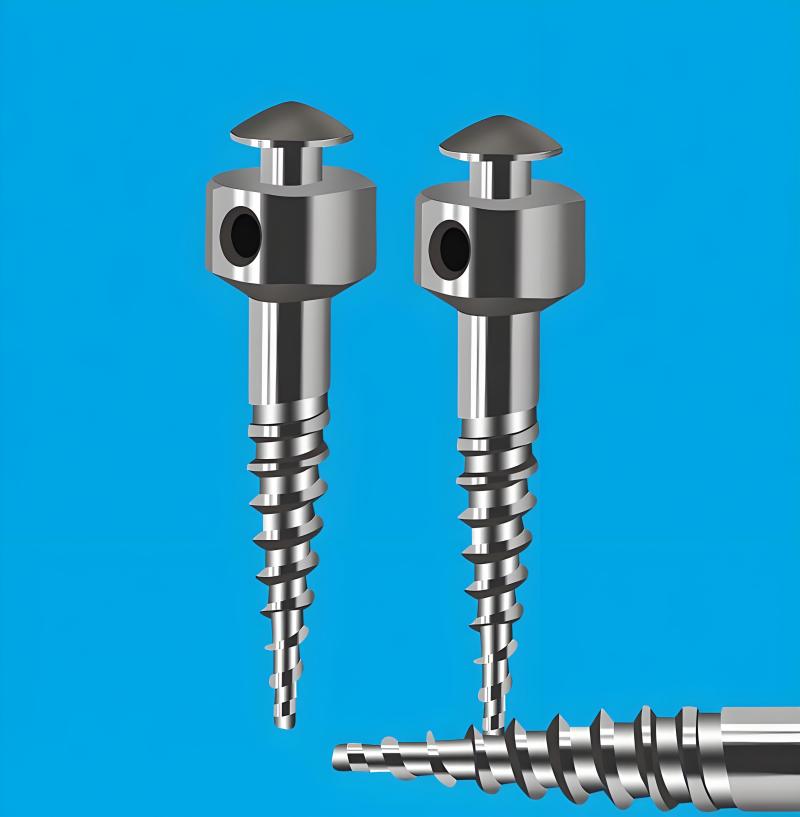
Titanium’s versatility spans industries where performance, durability, or biocompatibility is essential:
Aerospace
Titanium is widely used in the aerospace industry due to its high strength-to-weight ratio. It is found in components such as aircraft frames, turbine engines, and exhaust systems, where both weight and durability are critical.
Titanium’s biocompatibility makes it ideal for medical applications. It is used in the manufacturing of medical implants, such as hip replacements, dental implants, and pacemakers, as well as surgical instruments.
Marine
Due to its resistance to corrosion, titanium is commonly used in marine environments, such as in the construction of ship hulls, submarine components, and underwater pipelines.
Titanium components are increasingly being used in the automotive industry, particularly in high-performance and luxury vehicles, where strength, weight, and resistance to heat are key considerations.
Sports & Recreation
The lightweight and strong properties of titanium make it a popular material for high-performance sports equipment like bicycles, golf clubs, and tennis rackets.
Smartphone frames, watch cases, and laptop bodies—offers a premium, scratch-resistant alternative to aluminum.
Precision CNC Machining Capabilities at Precionn
At Precionn, we offer advanced CNC machining services to produce highly precise titanium components. Our capabilities include:
5-Axis CNC Machining
We use 5-axis CNC machines to handle complex geometries and tight tolerances, allowing for intricate titanium parts to be machined from every angle with excellent surface finishes.
Swiss-Type CNC Lathes
Our Swiss-type CNC lathes are ideal for machining small, precise titanium components, offering exceptional accuracy and flexibility, particularly for long, thin parts.
Turn-Mill Capabilities
We combine turning and milling operations into one seamless process, reducing setup time and enhancing precision for titanium parts with complex features.
With these advanced machining technologies, Precionn ensures high-quality, precision-engineered titanium components, meeting the needs of industries like aerospace, automotive, and medical.
Why Titanium Matters
Titanium’s unique mix of strength, lightness, and durability has made it a cornerstone of modern innovation. From enabling longer space missions to creating longer-lasting medical implants, it solves problems no other metal can.
At Precionn, we specialize in machining high-quality titanium components—from aerospace-grade parts to custom medical implants. With precision engineering and deep expertise in titanium’s properties, we deliver parts that meet the strictest industry standards.
Ready to leverage titanium’s potential for your project? Contact our team today to discuss your needs and get a custom quote.
FAQ: Everything You Need to Know
Titanium is about 45% lighter than steel but matches (or exceeds) its strength. For example, Grade 5 titanium has a tensile strength of ~900 MPa, comparable to high-strength steel (~800–1,000 MPa).
Yes—titanium costs 3–5x more than steel due to complex extraction. But its longevity and performance often justify the cost in high-stakes applications (e.g., aerospace, medical).
Yes, but it requires care. Titanium reacts with oxygen at high temperatures, so welding (usually TIG welding) must be done in an inert gas (argon) atmosphere to avoid brittle, weak joints.
Naturally, it’s a silver-gray metal. But anodizing (electrolytic treatment) creates colored oxide layers—blues, purples, or golds—used in jewelry or decorative parts.
No—metals like tungsten (tensile strength ~5,000 MPa) are stronger. But titanium’s strength-to-weight ratio is unmatched, making it better for applications where weight matters.

